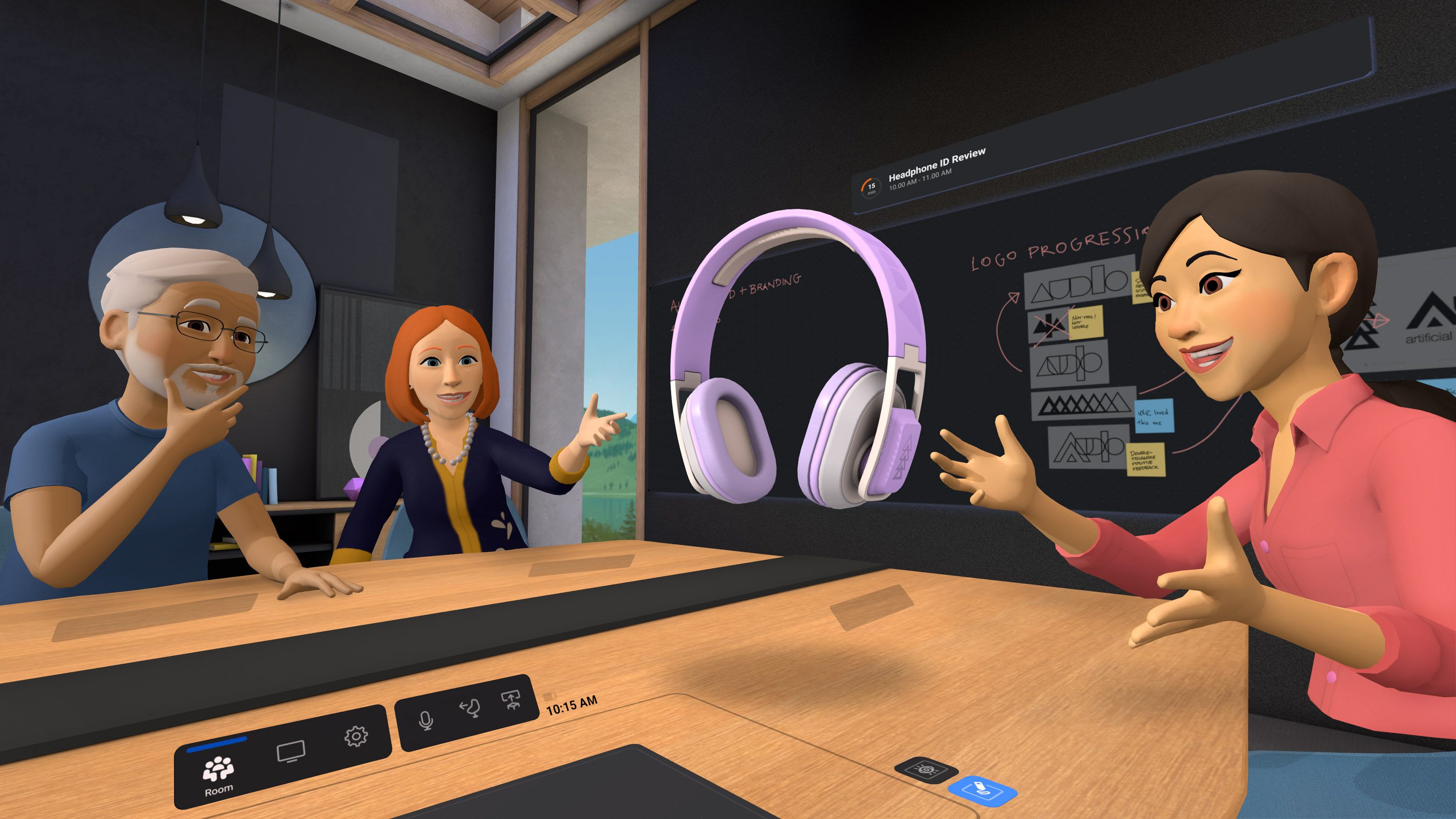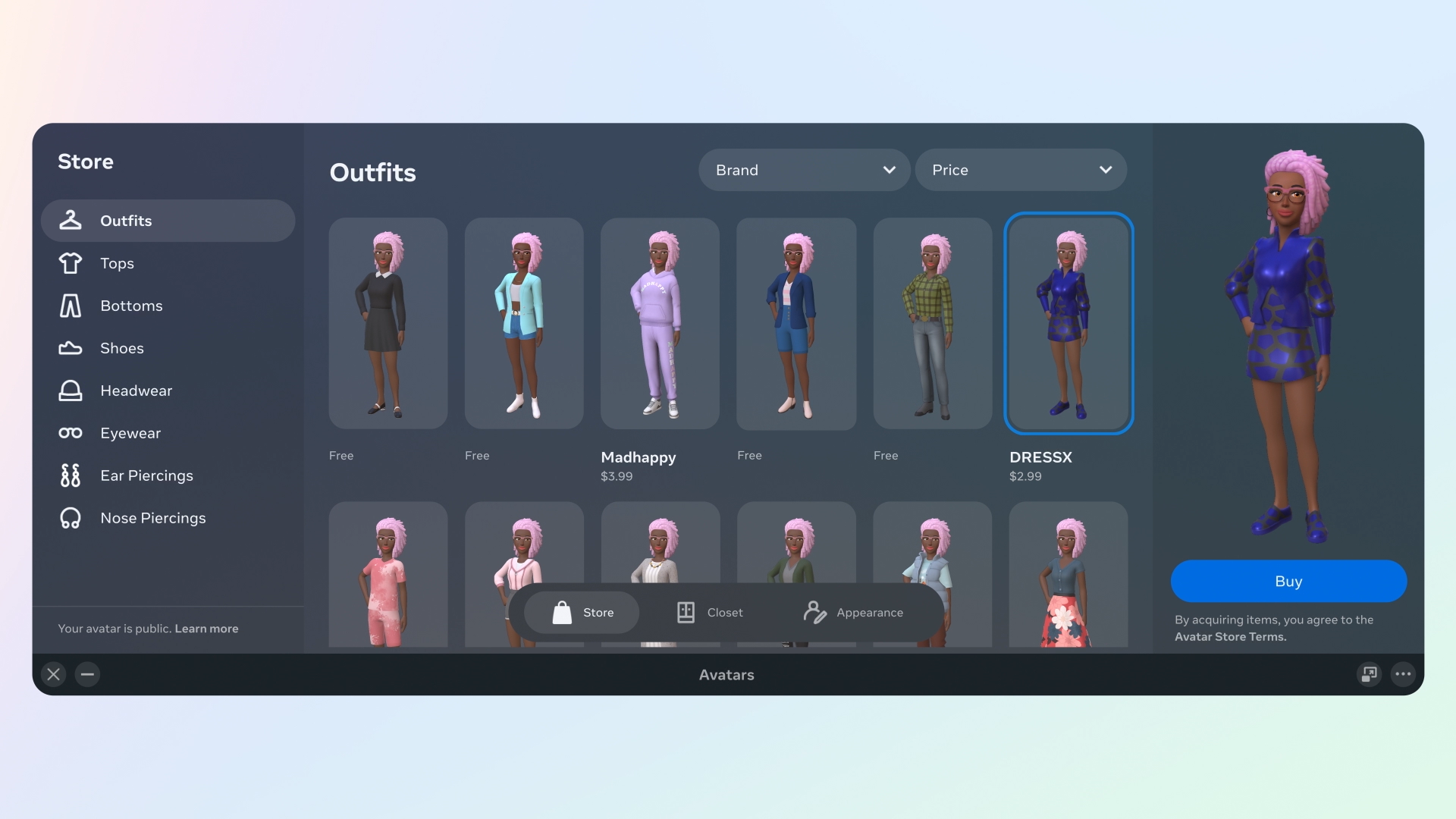Meta is desperately trying to make the metaverse happen
Will web access and avatar legs be enough?

The star of Tuesday’s Meta Connect, the so-called “state of the union” for the company formerly known as Facebook, was Meta Quest Pro. Meta’s newest virtual-reality headset clocks in at a whopping $1,499.99. That’s a significant price jump from its previous iteration, Meta Quest 2, which could be yours for $399.99—not exactly cheap, but still in triple-digit territory.
That price hike, coupled with Meta’s insistence throughout the virtual event that the company envisioned the metaverse as a “next-generation social platform” accessible to everyone, sort of feels like a blatant contradiction. Even if you are among the lucky few who can shell out a grand and a half for a virtual-reality headset, would you really want to?
That’s the question Meta seems to be grappling with. While the headset price jumped, nearly all the company’s other big moves are aimed at a common and simple baseline: making the metaverse something people actually want to use.
Meta’s metaverse hasn’t exactly had a smooth year. Less than a year ago, founder Mark Zuckerberg rebranded what was then Facebook in an effort to show that the company was pivoting to what he believed was the future of our digital lives. Since then, Meta has been saddled with hiccups and gaffes, including a much-ballyhooed avatar of Zuckerberg that got memed to oblivion, a report suggesting that the company’s employees were less than enthused about the metaverse, and allegations of virtual sexual assault.
So its current strategy seems to be to release a string of updates to see what might get people interested—a “throw spaghetti at the wall and see what sticks” approach, if you will.
Besides the Meta Quest Pro, the company also announced at the event that it was going to open up Horizon Worlds, the social media platform within Meta’s metaverse, to mobile and desktop users, so people without a headset will be able to access the virtual world.
That’s a notable step: it’s a tacit admission that VR headsets aren’t taking off as quickly as the company would like. Without a critical mass of people who understand what the metaverse feels like or even is, Meta can’t hope to have its products adopted. Opening its virtual worlds to the formats consumers are comfortable with (their text messages, their browsers, the company’s beleaguered Instagram platform) gives people who aren’t open to shelling out $399.99—much less $1,499.99—a way to experience the new world.
What’s also made the metaverse a hard sell is the disorienting experience of being a floating, legless torso, and Meta announced that it won’t be that way anymore. Previously, Andrew Bosworth, Meta’s CTO, said in an Instagram AMA that full-body avatars were difficult to implement, particularly because VR tracking usually comes from someone’s real-life eyes and hands. “Tracking your own legs accurately is super hard and basically not workable just from a physics standpoint with existing headsets,” he said in February.
But Zuckerberg (or, rather, his leggy avatar) announced at the event that the company was going to use artificial intelligence to map out legs in the metaverse, allowing avatars the ability not only to walk and run but also to wear digital clothing for their legs (a marketplace that Zuckerberg has said he is eager to participate in; Roblox, a gaming platform I’ve written about before, currently has a comfortable share of the market). This would be a huge step to improving how users think about movement in the metaverse and how they decide to represent themselves there.

But even with legs, and even with the ability to roam the metaverse without a headset strapped to your face, the key question remains: Is Meta’s metaverse something people will actually buy into? It’s worth noting that even employees at Meta are skeptical about the company’s vision, with one going so far as to say the amount spent on these projects to date made him “sick to [his] stomach.”
A free, shareable version of the metaverse accessible via weblink will open the previously closed world up to people who may not have hundreds of dollars to burn, and it’s a huge move toward democratizing the space. It might lead people to buy Meta’s claim that talking to a cartoon version of your boss is totally cool—and, more broadly, that the metaverse really is the next digital plane on which we’ll conduct our lives.
But it might also do the opposite: people might hop on the link and find that even in its now full-bodied state, the metaverse, er, doesn’t have legs.
Deep Dive
Humans and technology
Building a more reliable supply chain
Rapidly advancing technologies are building the modern supply chain, making transparent, collaborative, and data-driven systems a reality.
Building a data-driven health-care ecosystem
Harnessing data to improve the equity, affordability, and quality of the health care system.
Let’s not make the same mistakes with AI that we made with social media
Social media’s unregulated evolution over the past decade holds a lot of lessons that apply directly to AI companies and technologies.
Stay connected
Get the latest updates from
MIT Technology Review
Discover special offers, top stories, upcoming events, and more.